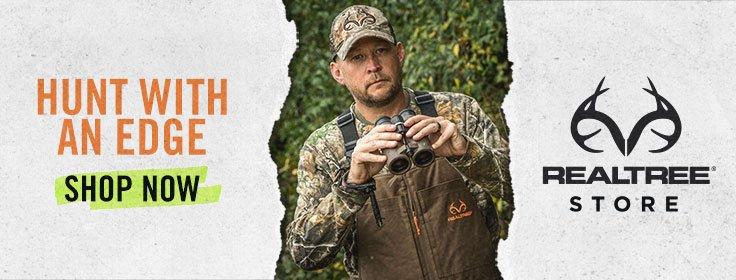Using tooth-wear and cementum annuli to accurately determine how old deer truly are
Want to increase the challenge of deer hunting? Start hunting bucks that are one year older than what most hunters shoot in your area. If most bowhunters in your area shoot 1 1/2-year-old bucks, set your sights on 2 1/2-year-old bucks. Don't get caught in the trap of trying to shoot bucks with a certain antler size. That's only a small part of what makes a trophy. Honestly, age has a lot more to do with it. The older a buck gets, the harder it is to shoot and that's what truly makes it a trophy.
Once taking on this challenge, aging bucks on the hoof is a necessary skill. But verifying suspected ages are important as well. Most deer hunters use two methods to do so.
Tooth-Wear Aging
Although the amount of wear varies from region to region, deer typically have a consistent wear pattern as they grow older. The cusps on certain teeth typically wear off at a certain age. The amount of dentin that appears on the crown of each tooth increases as it wears down, providing a fairly accurate basis for estimating age.
For help, get a set of flashcards, called the Pocket Deer Aging Tool from Wildlife Enterprises. Compare the cards to the lower jaw of the deer in question and easily estimate its age. Another excellent tool for this purpose is the Deer Aging Tool. It's a cast 3D set of jawbones showing the exact tooth-wear patterns from bucks ranging from 1 ½ to 8 ½ years of age. You can quickly lay the tool next to a jawbone for handy reference. The Deer Aging Tool is available from the QDMA for $35.
The tooth-wear method is fast, simple and inexpensive. The tools and educational materials available will help ramp up your abilities very quickly. The only downside is tooth-wear aging is not always accurate. In the Midwest — where the soil is typically not sandy and food sources are lush — teeth wear slower. If you're truly serious about knowing the exact age of a deer, use the following aging method.
Cementum-Annuli Aging
Cementum-annuli aging is widely considered the most accurate method. It requires removing teeth from the lower jaw and sending these to a lab that specializes in sectioning and studying them under a microscope to determine age. It's similar to judging the age of a tree by counting its rings.
The two most commonly used aging labs are Wildlife Analytical Labs and Matson's Lab. Both offer convenient mail-in services and both of these websites have a ton of information on them about the cementum-annuli aging process and how to prepare the teeth to send in.
The cost is typically around $40 to $50 per deer, but the price per animal drops if you send in multiple samples. This is a good investment if you're serious about deer hunting.
Don't Miss: No Man's Land: Are Whitetail Vitals the Same from Deer to Deer?
Check out more stories, videos and educational how-to's on deer hunting.








